|
The Plant That’s Been Charming Drunks and Undertakers Since Medieval times... There’s a fun woodland weed that you might want to know about. It's an unassuming little plant, with dainty white flowers and whorled leaves. However, it has been sneaking its way into drinks, pagan rituals, and your strange aunt’s potpourri for centuries, maybe even thousands of years. So, let’s unpack some of the sweet and sinister history of sweet woodruff (galium odoratum). A History Drenched in Death and Decay? Remember the good old Middle Ages? Life in Europe was an unpleasant parade of plagues, wars executions, rampant werewolfery (see a previous blog on a more recent case of wolfy mayhem) and no indoor plumbing. Growing all over the shadowy forests of Europe, this herb was the medieval undertaker’s best friend. It's interesting, vanilla hay-like scent—think ice cream that had been kissed by a recently fed guinea pig—made it perfect for stuffing into coffins or strewing over plague-ridden floors to mask the putrid stench of our ultimate mortality. It’s possible that it may have even been used to ward off those pesky evil spirits that seemed to be everywhere at the time, or at least help make them smell a bit less grave-y. By the Renaissance, woodruff was common in apothecary shops and brewed into teas to cure insomnia and melancholia or to more generally, “rebalance the humours”. Before you run outside and eat a bushel to help get over whatever disorder you’ve decided that you now suffer from because of tiktok videos, though, keep in mind that large quantities of coumarin (i.e., the most interesting and tasty part of the plant) could really mess with your liver. Moderation is the name of the game with this wee plant beastie. Fast forward to the 19th century, and this herb was slinking into aristocratic punch bowls, it’s probably most famous in May wine (Maibowle in German), Germany’s famous springtime punch consists of steeping sweet woodruff in white wine with strawberries. Woodruff’s strange, but pleasant flavor is the epitome of the transition from Spring to Summer. Sweet woodruff (aka waldmeister) is prized in German beer as well. It’s very popular to add waldmeister syrup (see recipe below) to Berliner Weisse beer. The latter is a low-horsepower wheat beer primarily associated with Berlin, known for its crisp, effervescence and pleasant sourness. Waldmeister syrup, with its soft flavor, perfectly balances out its tartness. However, be warned that artificial green colors are often added for dramatic effect. Craft distillers, those alcohol alchemists who pepper the countryside of every civilized locale these days, sneak woodruff into schnapps or liqueurs to elevate the exotic flair. Want to play hipster bartender yourself? Simple infuse woodruff into vodka with some (natural) red grenadine or black walnut bitters for a cocktail ingredient that screams gothic pretension. Just filter out the leaves unless you want your glass looking like a witch’s compost pile. How to Summon the Woodruff Fairies:
Woodruff is not easy. Its flavor isn’t ready made; it takes some coaxing to emerge. It’s best to harvest this herb on a misty morning in early June (like today, June 3, 2025), when it’s blooming. Snip stems with scissors so you don’t damage the plant too much and dry them for a day or so to allow the coumarin’s flavor to emerge and intensify. Please don’t skip this step unless you want a bland flavor and only the ghost of a vanilla aroma. Now, get rid of those stems, keeping only the slightly shriveled leaves. Boil up some simple syrup. When it’s made, take it off the heat, throw in some lemon slices for flavor (and to cool down the syrup a bit), and then add the woodruff. Once it cools to room temperature, cover and refrigerate for 1-2 days, strain, bottle, and store. You now have the makings of a great flavoring for beer, cakes, or craft cocktails. Sweet Woodruff Simple Syrup Recipe Ingredients: - 1 cup water - 1 cup granulated sugar - 2/3 cup fresh sweet woodruff leaves (washed and dried for 1-2 days) 1. Combine Ingredients: In a small saucepan, combine water and sugar. Stir over medium heat until the sugar dissolves completely. 2. Remove from the saucepan. Add the lemon slices 3. Add the dried sweet woodruff leaves to the saucepan. 4. Let the syrup cool to room temperature. Now, cover and refrigerate for 1-2 days. 5. Last, but not least, strain through a fine mesh sieve or cheesecloth to remove the leaves. Pour the syrup into a clean, airtight bottle or jar. Store in the refrigerator. Tips: - This syrup is great in cocktails, mocktails, lemonades, or even drizzled over desserts. - Ensure sweet woodruff is sourced safely, as it should be used in moderation due to its coumarin content.
0 Comments
If you frequent the occasional cocktail bar, you already know that Amari (i.e., the plural of "Amaro") are all the rage these days. We even found Amaro Averna in a teeny tiny little liquor store in rural Maryland the other day. That seems to imply that it’s a growth industry. Have you ever had fantasies of making a homemade version of this hipster cocktail staple? Do you live in North America, the UK, or Europe? Do you know where there’s a walnut tree nearby? If you answered yes to all three of these questions, you should go to the tree (literally right now, the window for this is closing), grab a bunch of the little green, unripe walnuts, and follow the easy recipe below. We prefer black walnuts for making our version, but the regular English or French varieties will work too. All you need is basic caveman-level food prep skills and some patience, and in just two months you will have a complex, spicy amaro to impress all your friends and hand out as personalized presents over the next year. Let’s start with some basics, though, what is this strange elixir called amaro? In a nutshell, it’s a bittersweet liqueur with complex flavors and aromas, often enjoyed as a digestif after heavy meals. The most famous amari hail from the land of the pasta waistband tightener, Italy (of course), but France and many other European countries have their own versions. Though often enjoyed neat or chilled, it can be used to great effect in cocktails. Having literally just gone to the backyard and harvested three Black Walnut trees for their immature nuts, we are well on our way to making one of our favorites called Nocino (Italy) or Liqueur de Noix (France). As this is a multi-part post, we won’t go too far into the tasting notes, but suffice it to say that just a barspoon full of this homemade liqueur can elevate a Manhattan, Old Fashioned, or even standard black coffee to gourmand-level heights. It’s that good. Recipe
-20 green nuts from a Black Walnut tree (or 30 green English/French Walnuts) -2.5 cups sugar -1 liter cheap 80-horsepower vodka -2 sticks of good quality cinnamon -1 whole vanilla bean (don’t use extract – this receipt is worth splurging on the good stuff) Other spices and flavorings. David Lebovitz uses 10 cloves and the zest of one lemon. We’ve used his recipe many times and love it, but wanted to tweek it to our tastes https://www.davidlebovitz.com/liqueur-de-noix-green-walnut-liq/ We used: -1 ts grains of paradise -7 dried cubeb (an aromatic pepper from Java) berries Directions -Mix the sugar with the vodka, doing your best to make a nice solution. Don’t worry if some sugar is on the bottom. It will eventually incorporate. -Quarter the green walnuts with a sharp paring knife. We recommend using gloves as there is a pigment in the walnuts that will turn your skin temporarily black. Place them in the vodka. -Add in the remaining spices and vanilla bean -Shake to incorporate -Set in a cool, dark place and shake every day for two solid months. Yes, you need to be patient here and let the walnuts do their magic. We were once again in Sweden and staying in a flat not too far from Nykoping Castle (i.e., site of the infamous Nykoping banquet). The main reason we were there was not for fun or to see this dark tourist destination, but for work. One of us, not the writer of this tale, needed to visit a Swedish collaborator to do some research. We both knew that it would not be boring or tedious, though. The Swedes – and Scandinavians in general – are very warm and generous hosts. It was therefore not terribly surprising that the collaborator and his wife rolled out the red carpet and treated us like family. They invited us over for a homemade vegetarian meal and were also generous with serving up wee glasses of the local tipple, Akvavit*. As the “water of life” flowed along with good conversation, the patriarch of the family started talking about history and, more specifically, what it was like to live in Sweden after the second World War. As you can imagine, there were some very bad times, but as you can also imagine, the Swedes are a pretty stoic people, so it wasn’t all grim. There was still fun to be had. He then told us about a favorite childhood dessert that was quick, cheap, and easy to make, even with post-war rationing. He mentioned the Swedish phrase for this childhood classic, but I can’t remember it – there was too much akvavit that night, but it sounded pretty good. All you needed to do to make this sweet was get a bunch of fresh or frozen berries and boil them with water and sugar. After the berries start to fall apart and turn into a pie filling–like consistency, you add some potato starch to thicken it up. He said that they often added cream if they had any. This fresh berry pudding sounded pretty good and healthier than most desserts we eat in the states. He also noted that it was also easy enough to make that he and his siblings would help his mother prepare it. He then started laughing and disclosed that there was another name for this favorite childhood treat: “spit cream”. The story was a little confusing to my English ears, but what I gathered was that cherries and other stone fruits weren’t pitted using one of those fancy metal contraptions we have now. They were instead chewed in the mouth to remove the stones. Then, the stones were spit out. Hence the quaint name: spit cream. I thought this was a really funny and touching memory. It was also a bit unexpected. I know that certain foods and drinks are prepared like this (e.g., chicha, a fermented corn beverage), and we all know about how mama birds feed their young, but I never saw the Swedish Chef preparing food this way on the Muppets. I recall laughing out loud as we all listened to his animated and vivid descriptions of making this dish. Then he said, “You know, I have a bag of frozen cherries from last year. That tree out back had a big harvest. Why don’t I make us all some authentic cherry spit cream?” I gasped inaudibly (at least I hope it was inaudible) and my smile faded faster than a Swedish sunset in January. My mind then exploded in a torrent of nausea-inducing possibilities as I contemplated the bare-bones reality of what it would be like to eat a spoonful of this kindly old man’s mouth-pitted cherries as they floated in a pool of hot sugar water. Cherries - my favorite fruit - now seemed as appealing as a group of gross, sunburnt tourists swimming in an unclean swimming pool on a Riviera holiday. This truly felt just one step below cannibalism in terms of grossness. I quickly said, “No, no! You’ve already been far too kind to us. You just made us a huge meal and we don’t want to put you to any trouble.” He replied, “Nonsense! It won’t take long at all! I must go into the kitchen and get it going.” I gasped inaudibly (at least I hoped no one could hear it) and my smile faded faster than a Swedish sunset in January. My mind then exploded in a torrent of nausea-inducing possibilities as I contemplated the bare-bones reality of what it would be like to eat a spoonful of this kindly old man’s mouth-pitted cherries as they floated in a pool of hot sugar water. The cherries seemed as appealing as the sight of a group of gross, sunburnt American tourists swimming in a pool on a Riviera holiday. This truly felt just one step below cannibalism in terms of grossness. I quickly said, “No, no! You’ve already been far too kind to us. You just made us a huge meal and we don’t want to put you to any trouble.” He replied, “Nonsense! It won’t take long at all! I must go into the kitchen and get it going.” My god. Could this really be happening? My heart sank. I looked over at the the other half of the Proper Degenerate team and didn’t see even a hint of a negative reaction. I know she has a far stronger stomach than mine, but this was really pushing it. I guess I’m on my own… I frantically tried to think of excuses. Could I be too full to eat? No, they’d want me to at least try this local delicacy. Could I be allergic to cherries? No, as they already asked about food allergies before they prepared the meal for us. Who does that!? What happened to that callous Viking spirit… ? But, these random thoughts are merely distracting me from solving this problem. I must admit that I was at a loss. I must have generated at least thirty different reasons for why I couldn’t eat these diabolical cherries, but they were all fruitless (unlike my culinary future). There was apparently NO WAY I was going to be able to avoid putting this drooly dessert into my mouth and swallowing it without being viewed as a very poor guest. These people were just too nice (damn Swedes!). I couldn’t be rude in any way to them, even if it grossed me out. So, my goalposts shifted to how I could (a) accept the fact that I am going to be eating this slobbery sweet and (b) make sure that I could do wo without throwing up, thus becoming an even worse house guest. The kindly chef then came back in the room and said “They’re boiling now. Shouldn’t be too long. Who wants a bit of cream poured on?” As I watched him taking requests, I could swear that I saw a fleck of cherry flesh dangling from his neatly cropped beard like a fishing lure. This was going to be a rough night. I internally steeled myself as best as I could for the forthcoming "dessert" and now wondered whether it would be more or less gross with the addition of cream. ‘Well, on the one hand it would make it thicker and cool it down (i.e., what’s worse? warm or cold spit? Probably the latter), but on the other hand it would at least dilute the saliva.’ I couldn’t decide. I resigned myself to this terrible way to end an otherwise wonderful evening. Then, the moment of truth arrives…. Our host brought out the spit cream and my heart quickened. It was clearly hot, as I could see steam emanating from the top of the ornate serving dish that, like everything in a Swedish kitchen, seems to be both functional and attractive. Our happy host then filled up all of our bowls with this bright red dessert that I had been obsessing about over the past hour. As he finished up the plating he said, “I’m sorry that it took so long to make. It usually only takes about 15-20 minutes, but it took me some extra time to find the cherry pitter.” Alas, I misunderstood our nice host's initial story. Essentially, if they got a bit "lazy" (i.e., if they temporarily became very Un-Swede-like), they would boil the cherries whole and spit out the pits while they were eating the dessert. Small differences can be important... *The quickest way to describe Akvavit is vodka flavored with various spices and/or herbs. Each area, and probably even town, has their own special recipe, but the most common flavors seem to be caraway or dill seed. There is another, very bitter version flavored with wormwood. RECIPE
Ingredients: -2.5 cups fresh or frozen cherries with the pits removed (it's up to you how you choose to do this) -5 cups water -1 cup + 2 tablespoons of table sugar -3-4 tablespoons of potato starch (more = a thicker dessert) -1-2 pinches of salt (optional) -1-2 ounces of cherry vodka (optional) Directions: -Add cherries and sugar (and salt if desired) to the water in a large enough saucepan --Slowly bring the mixture up to a slight boil. -Reduce heat as need to keep the cherries at a slow simmer, stirring occasssionally -Simmer for 20-30 minutes or until the cherries break apart -Turn off heat -Mix the potato starch with just enough water to make a smooth slurry -Add in the potato starch slurry and stir quickly to prevent lumps; continue stirring every now and then as the spit cream cools down slightly to prevent a skin from forming on the top. -Serve hot or cold with or without fresh cream While on the same trip we described last week (properdegenerate.com/blog/the-wine-illuminati), we spent New Year’s Eve near a town of 4000 people called Poligny, France. It’s colloquially known as the capital of Comté. Comté is a very famous French cheese – one the best in the world – which is produced throughout this region. Though we may later do an entry on Comté, we would like to discuss why Poligny is REALLY famous. To people who fancy the strange and the macabre, it is not known for being a cheese haven, but as the town where the first three "werewolves" were executed in France. Way back in 1521 C.E., there was a series of brutal attacks and murders. Both adults and children were victims and wolves were sometimes spotted leaving the crime scenes. Legend has it that, after one attack, the wolf was unsuccessful in making a poor local man its next meal, and the hairy beast was injured. A blood trail led French authorities to the home of Michel Verdun. At the time, they found poor Michel's wife mending his wound. They naturally surmised that this happened when Michel was in the form of a wolf. This so-called “sympathetic wounding” (i.e., where an injury in animal form carries over into human form) was a dead giveaway that the authorities clearly had a werewolf on their hands. After a brutal interrogation of Michel, two other metamorphizing miscreants were fingered for the crimes: Pierre Bourgot and Philibert Montot. This pernicious pack of putative werewolves were accused not only of shapeshifting and murder, but also eating human flesh. French officials were a bit sensitive to cannibalism at the time and they didn’t just issue a ticket, a stern warning, or 16th century community service. Instead, all three men were quickly executed and burned for their crimes, both the real (i.e., murder) and the imaginary (rampant werewolfery). Fast forward 500 years. A church in Poligny is now supposed to have the only contemporary paintings of the events described in this dark tale. Sadly, records of even big events like these were a bit shoddy half a millennia ago. But, fortunately, the intrepid proper degenerate team located both the town and the correct church (which now contains a museum)! One of us was very excited to see this little bit of early Renaissance history in person. These historical hopes were quickly dashed, though. After managing to park the rental car in a much-too-small downtown spot, we walked to the church. “Hmm... that looks like construction equipment." Not good... Walking closer to the church, we saw cranes, other construction vehicles, and metal beams on the ground. Alas, the church was undergoing some sort of massive repair or remodel. Not only could we not see the paintings, but we couldn’t even get a quick tour. We walked around the building, trying to get some useful shots, but it felt a bit similar to the end of National Lampoon’s Vacation bereft of the laughs (or the kidnapping of John Candy, for that matter). Somewhat dejected for this failure of appropriate trip-planning and inability to see werewolf paintings, we decided to ease our pain with local French cuisine. But what to eat? What would make the absence-of-werewolf induced pain go away? Maybe google will have an answer? Safely back in the car, we searched online for local specialties as well as French New Year’s Eve traditions. Luckily, we hit upon a winning response that covered both: roasted chestnut soup. Shockingly, we had enough equipment in our AirBnB to put it all together. Feeling a bit better, we drove to the nearest Intermarché and found everything we needed to have a happy French New Year’s Eve dinner. The French love their chestnuts. Though the best are grown a little southeast of Nice, they are all over the place. Preparing these delightful nuts can be somewhat annoying, though, as they cannot be eaten raw. They must also be cooked to remove the hard outer shell. Enjoying them has been a French tradition since the 10th century, and, from the 13th century on, they were used as a flour, often replacing wheat in sweets. The nuts are so frequently used that, at least in some parts of France, chestnut trees are called "bread trees". It’s extremely possible that spectators to the execution of the rascally werewolves of Poligny were munching on chestnut flour pastries. When we got back to the hotel, we made our first vegetarian version of this classic dish, sticking fairly close to a traditional recipe. It’s gone through several iterations since then, and we will now share what we consider the best version with you. Recipe
Directions
Notes: * Leuștean (aka lovage) is a herb common in Southern European cooking. In Romania it is much beloved and often used as the final accent to their famous soups. It is similar in flavor to celery mixed with parsley, but has a stronger and spicier flavor. If you are interesting in having a steady supply, it can be grown as a herbaceous perennial from seed in the U.S.. It grows like a weed, even in poorer soils, and especially if it isn't harvested regularly. In other words, there's no excuse for you not to grow this fun herb, even if you are a terrible gardener. |
Categories
All
Archives
June 2025
|



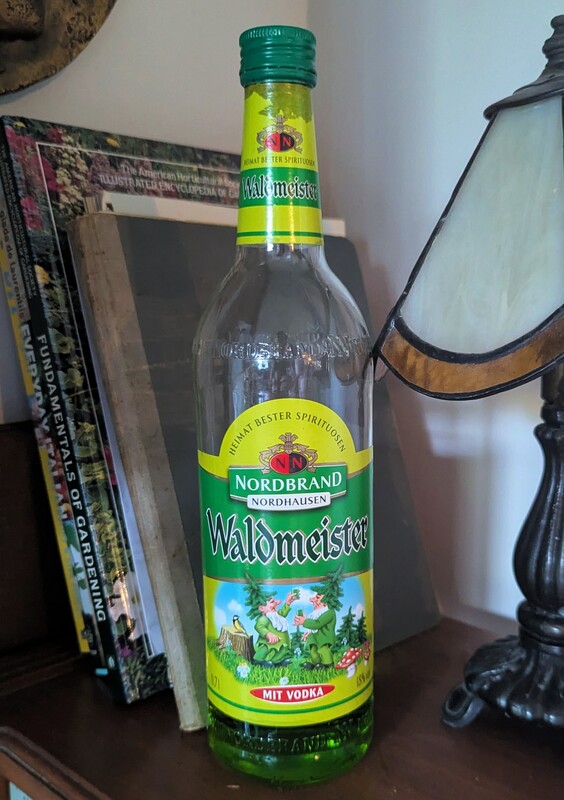

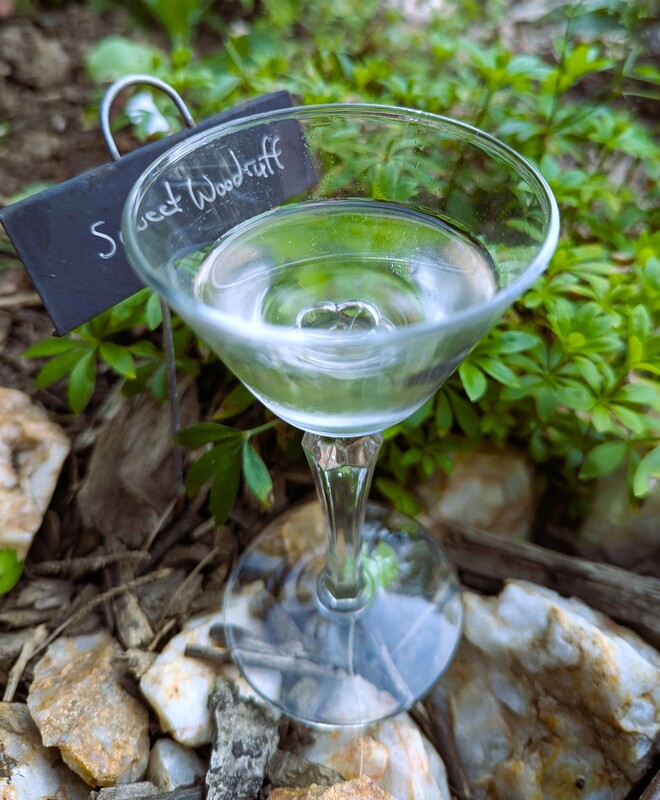

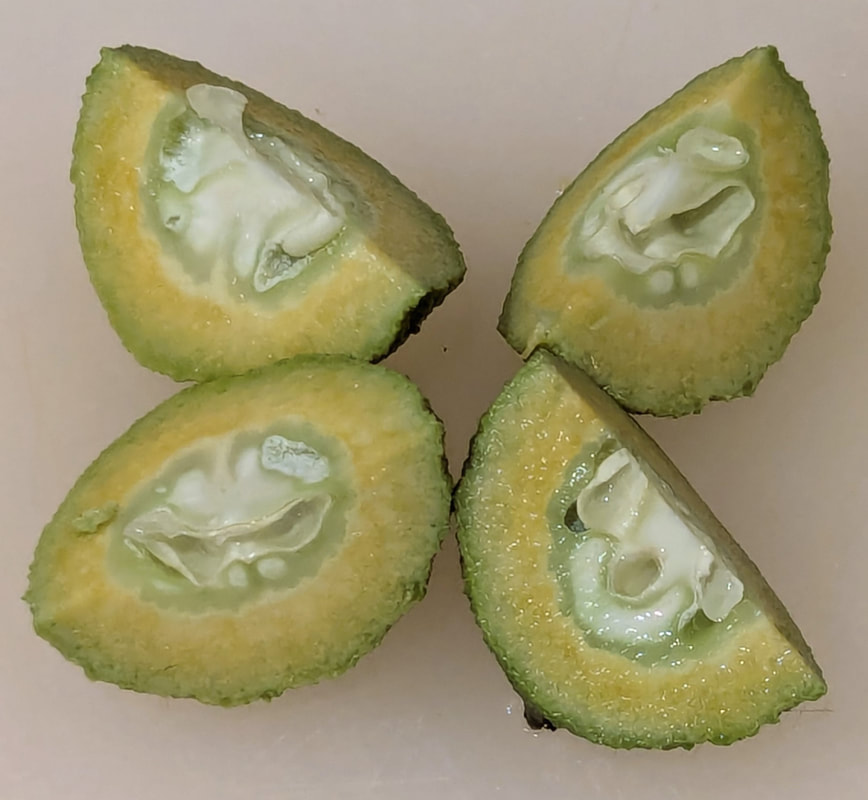
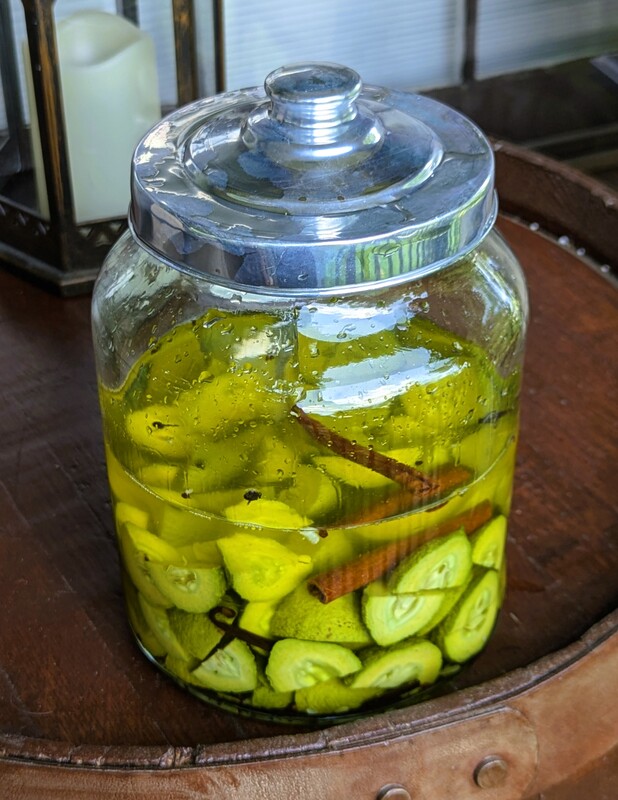
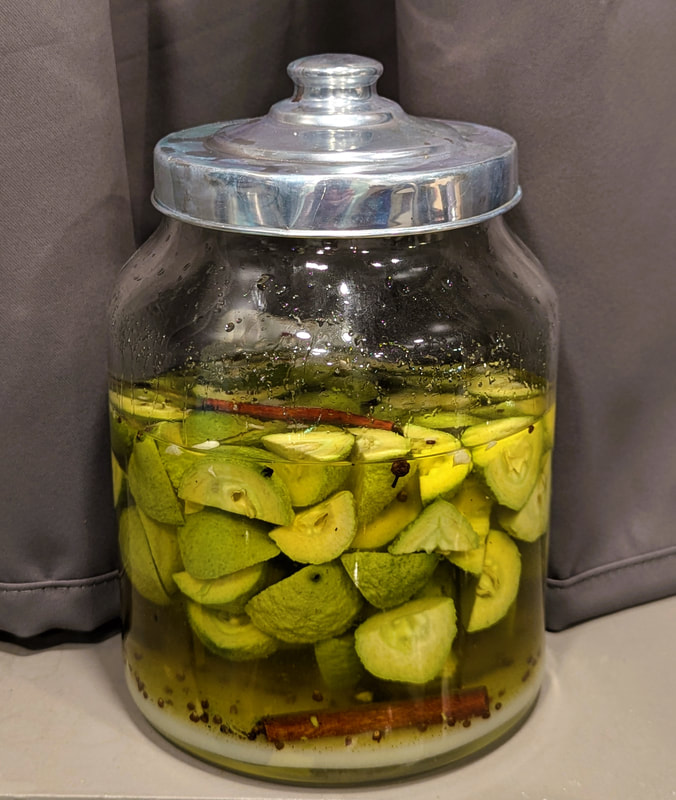


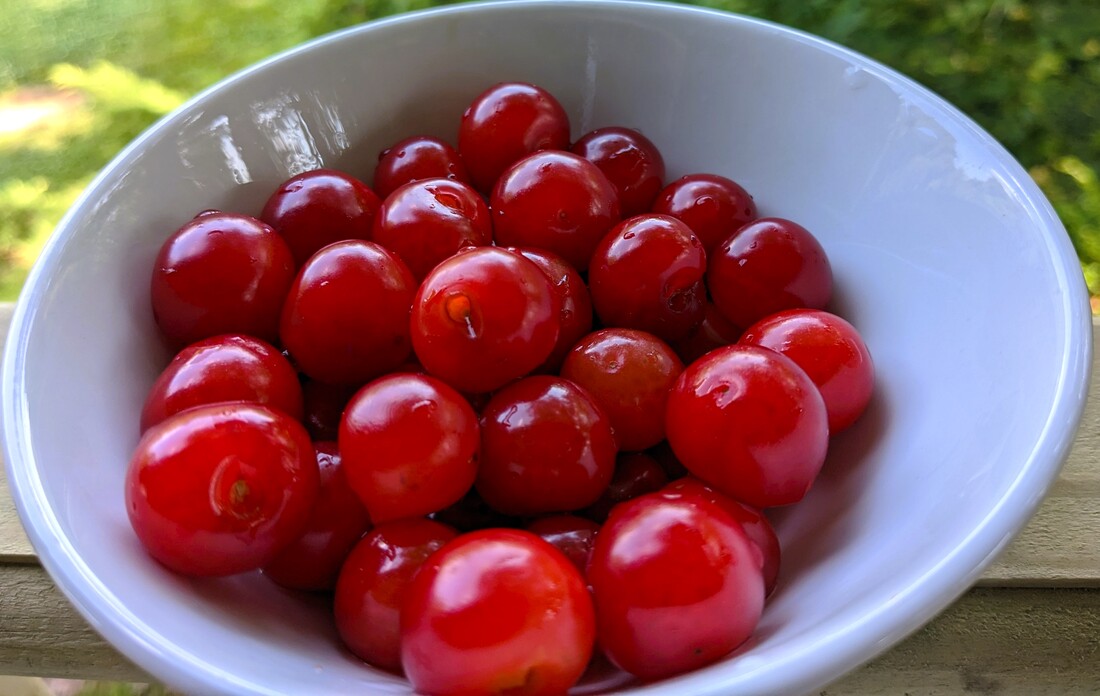
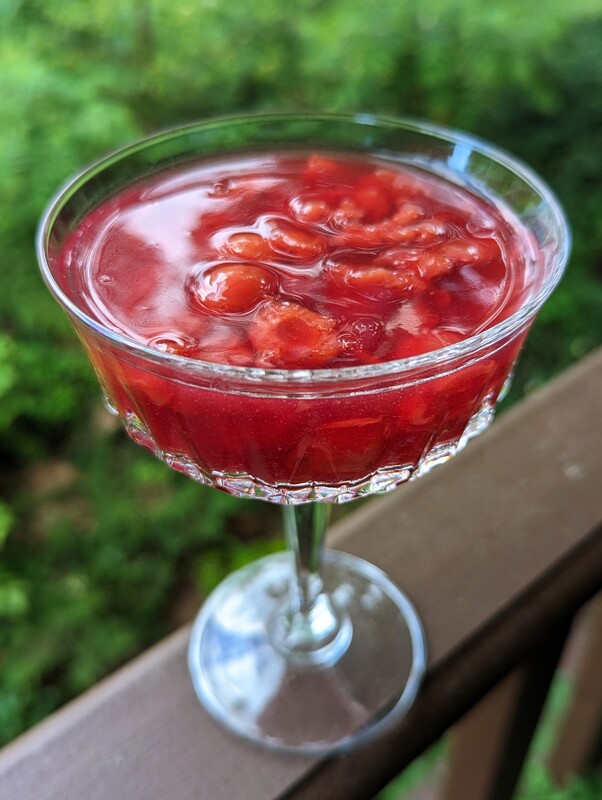


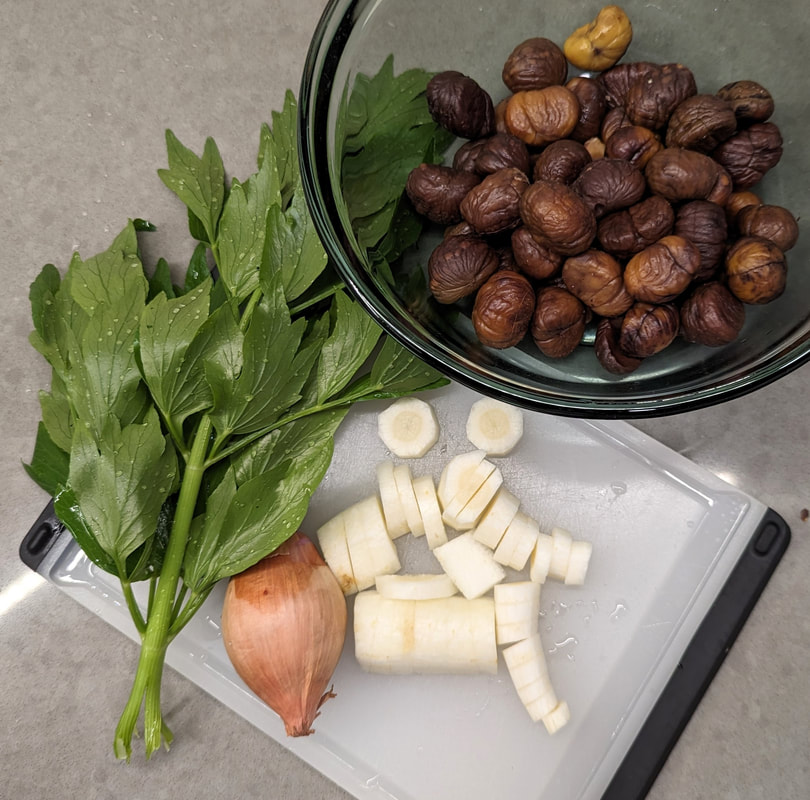

 RSS Feed
RSS Feed